The Dodger Stadium parking lots are full. But not for the reason you might think. When the coronavirus pandemic caused the indefinite postponement of baseball season, the Los Angeles Dodgers got savvy and leased out the ocean of parking that surrounds their ballpark to car rental companies: all the Ford Focuses and Toyota Avalons that would normally be clogging up traffic in LA needed a place to park.
But if the Dodgers were playing this Mother’s Day afternoon, they would be hosting the San Diego Padres for the finale of a three-game series. And they would be showing off a stadium that has undergone a massive and much-needed renovation -- the biggest since the park’s opening in 1962.
The fact that Dodger Stadium remains an iconic and beloved place all these years later is a testament to the vision of Walter O’Malley, the former Dodgers owner. But while Dodger Stadium may now seem like it grew organically into the hills baseball fans now think of as “Chavez Ravine,” O’Malley’s crews didn’t just build a ballpark, they entirely remade the landscape around it to give this impression. They moved 8 million cubic yards of dirt -- more than enough to fill the Empire State Building.
They also buried the last remnants of three communities that once rested in those hills: Palo Verde, La Loma, and Bishop. This weekend not only marks a canceled fireworks night, a postponed cap giveaway, and a melancholy Mother’s Day spent in quarantine for Los Angeles. It marks the anniversary of the climactic event in the city’s long journey to Dodger Stadium itself. The time has come to reckon with the legacy that precedes the stadium.
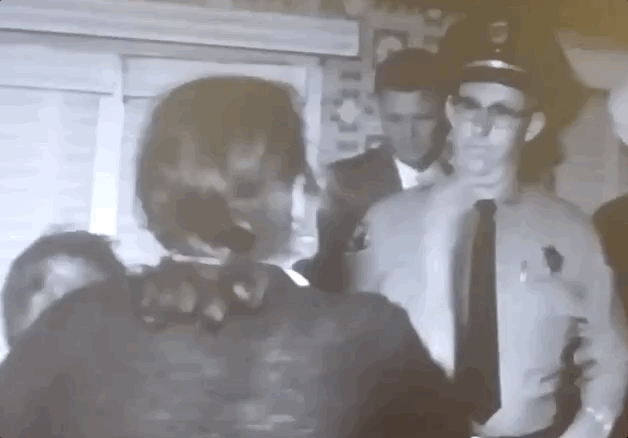
On May 8, 1959, LA County Sheriff’s deputies forcibly evicted the Areéchiga family from their home on Malvina Avenue after a legal battle that spanned nearly a decade. The family sat and watched as a bulldozer plowed through their living room. The whole city watched the footage on television. And for weeks afterward, the Aréchigas refused to vacate the site. They slept in a tent. The Sunday after the eviction was Mother’s Day, and the family’s matriarch, Abrana, tacked cards from her children and grandchildren up for visiting reporters to see.
This all happened so that the local government could honor the deal it made with O’Malley. It all happened so that Los Angeles could have Major League Baseball in perpetuity. But now that we don’t have baseball, the time has come to reflect on what baseball costs, and what it has cost in the past. In Los Angeles, the time has come for the city, the county, and, yes, the Dodgers organization to make amends.
Imagine the government using eminent domain to take away your home -- then turning and selling it to a private entity. That is the very short version of how we got Dodger Stadium.
In the heat of summer, 1950, the people of Palo Verde, La Loma, and Bishop opened their mailboxes to calamity. They received letters from the Housing Authority informing them that soon, their homes would be confiscated by the city to make way for a massive public housing development.
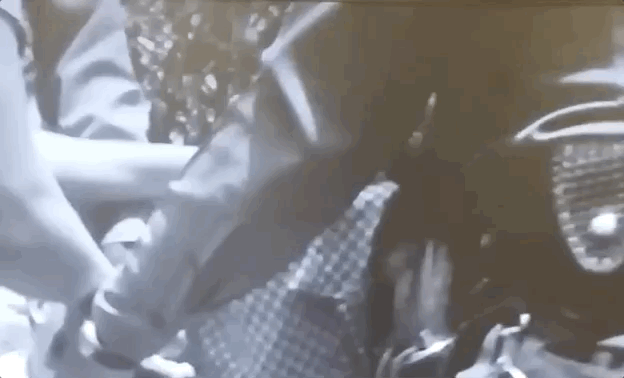
The residents, who were almost all Mexican and Mexican American, were made glorious promises, beginning with units of their own in the utopian Elysian Park Heights project that would be displacing them. According to its proponents, Elysian Park Heights was going to remake Los Angeles, and deal a fatal blow to the city’s post-war housing crisis. It would also be visually stunning, marked by a series of towers on a hill overlooking the emerging skyline. One of the planners who worked on the project compared it to the Greek Acropolis.
But Elysian Park Heights was never built. Before it could be constructed, public housing became the target of an elaborate smear campaign orchestrated by the city’s power brokers -- led in particular by Norman Chandler, who at the time owned the Los Angeles Times. Chandler used the Times to great effect, tying public housing to the Red Scare hysteria that was sweeping the nation. In 1953, a new mayor was installed. Elysian Park Heights was scrapped. The communities of Palo Verde, La Loma, and Bishop had been destroyed for nothing.
By the mid-1950s, almost all of the residents of those communities were gone. Hundreds of houses had been demolished and many others had been rolled down the hill to begin new lives in distant corners of the Southland. Politicians argued over what to do with what were fast becoming ghost towns. Finally, Palo Verde, La Loma, and Bishop became the basis for the land swap that brought O’Malley’s Brooklyn Dodgers to Los Angeles. Another political and legal battle ensued. The city nearly voted to overturn the sale.
Before construction on Dodger Stadium could finally begin, the city and the Dodgers had to face down one last obstacle. The last residents of the communities were still ensconced in their homes. They had no interest in leaving. Many of these remaining families were ultimately paid high rates to depart by Walter O’Malley himself. But not all were given this option. The events leading to the violent, televised eviction of Abrana Aréchiga and her family are the subject of my book “STEALING HOME: Los Angeles, the Dodgers, and the Lives Caught in Between.”
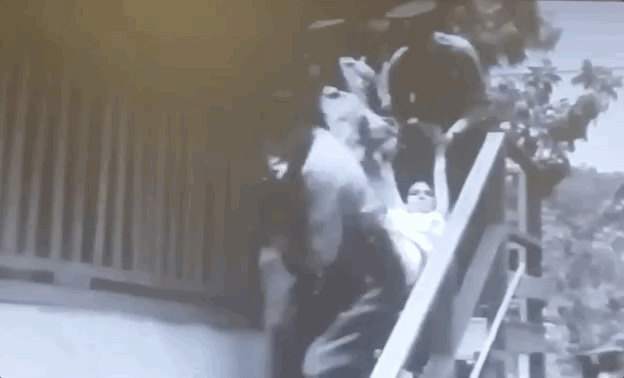
The eviction was the climax of a decades-long story, a tragedy in slow motion, wrought not by any one actor, but by a deeply unjust and broken system. The destruction of Palo Verde, La Loma, and Bishop was a collective failure of good government, bad money, and, inevitably, big business. The dispossession of the Aréchiga family in particular was a state-sponsored act of cruelty.
More than seventy years after those initial eviction notices went out, nothing seems to have changed. New stadiums rise -- and along with them rents for nearby homes and businesses. We are once again staring down a shortage of affordable housing. We continue to deal with the consequences of gentrification and displacement, and we are still trying in vain to come up with decent answers to the questions of who gets to live where.
But we also have the benefit of history to help us answer these questions. We must not run away from our past. We must come to terms with events that led us to Dodger Stadium. To own up to our failures is not a sign of weakness but of strength. It is not about casting blame, but accepting responsibility. These failures are part of what gives Dodger Stadium its power, and makes it such an important monument to the growth of Los Angeles. These are the failures we are supposed to learn from.
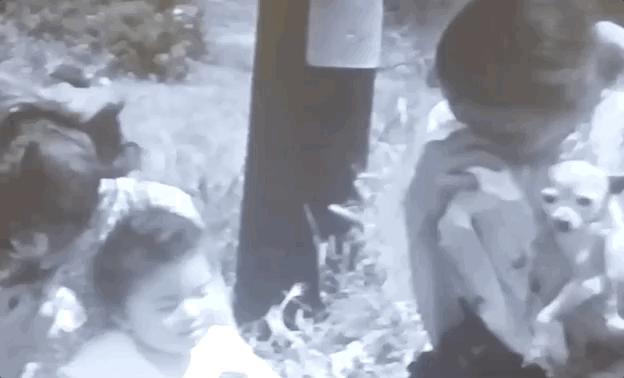
We are running out of time to demonstrate that we actually have learned. The political decision-makers of the 1950s have been out of power for generations. The Dodgers organization has changed ownership three times in the last quarter-century. And there are very few residents of Palo Verde, La Loma, and Bishop still around. But those who are still here have not forgotten what happened. Neither have their children and grandchildren. And there are still millions of people dealing with the kind of economic injustice that they faced decades ago.
For the first time since 1962, the hills that once were home to Palo Verde, La Loma, and Bishop are without baseball when Mother’s Day comes around on the calendar — even if the parking lots remain full. The city government, the county government, and the Dodgers must not let this opportunity pass. They should issue a joint formal statement before Opening Day, whenever that comes. Then they should create a permanent monument to the communities that were destroyed. Buried Under the Blue, a nonprofit founded by the descendants of former Palo Verde residents, has called for the construction of three community centers: one each to honor Palo Verde, La Loma, and Bishop. But this kind of gesture can only happen if officials with the Dodgers and in local government decide to take the first step.
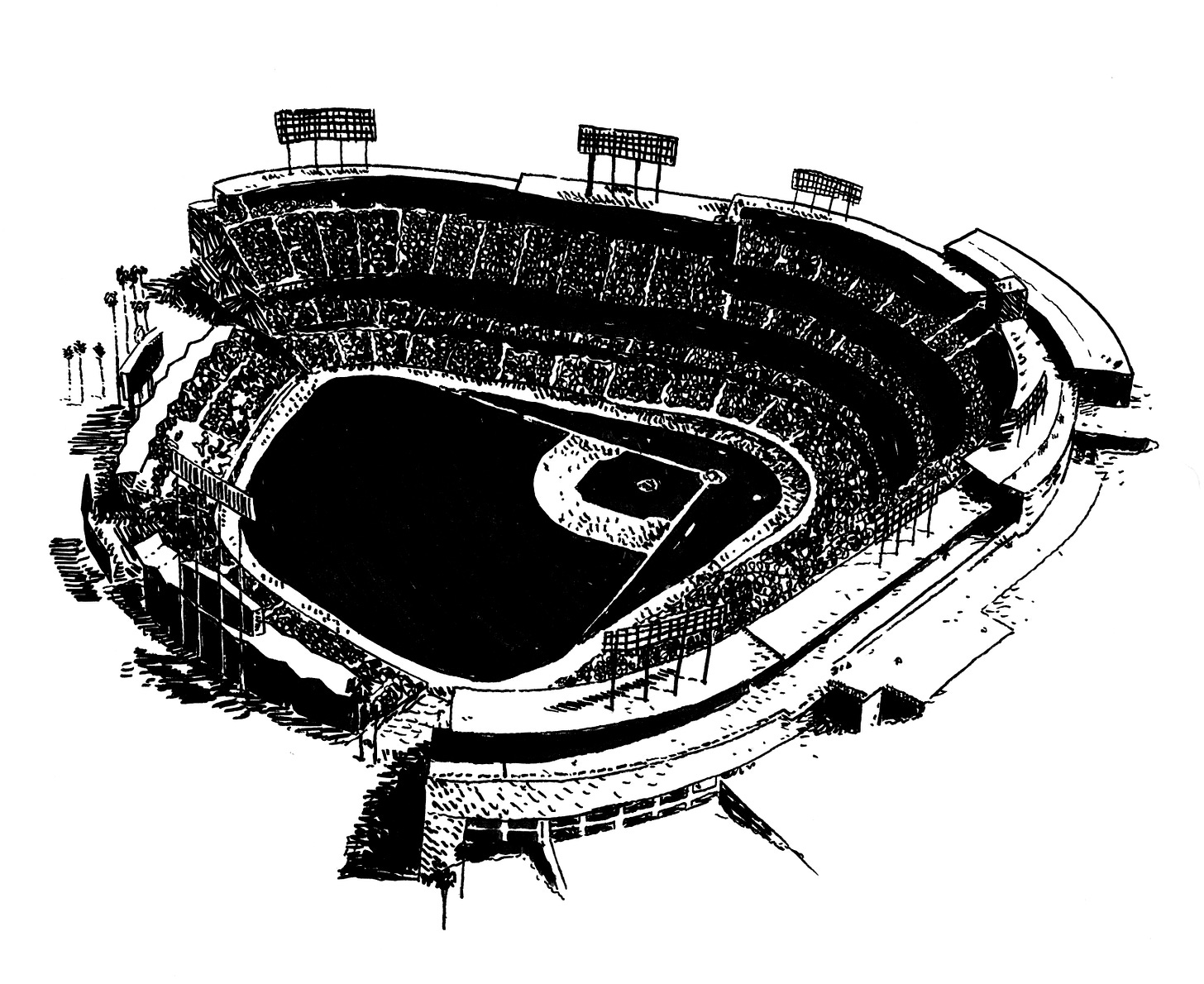
The best place to buy STEALING HOME is through Bookshop.org, which supports independent bookstores. Just like this newsletter, STEALING HOME was written by me (Eric Nusbaum) and features illustrations by Adam Villacin. Happy Mother’s Day. We’ll be back to regularly scheduled Sports Stories in the coming days.


